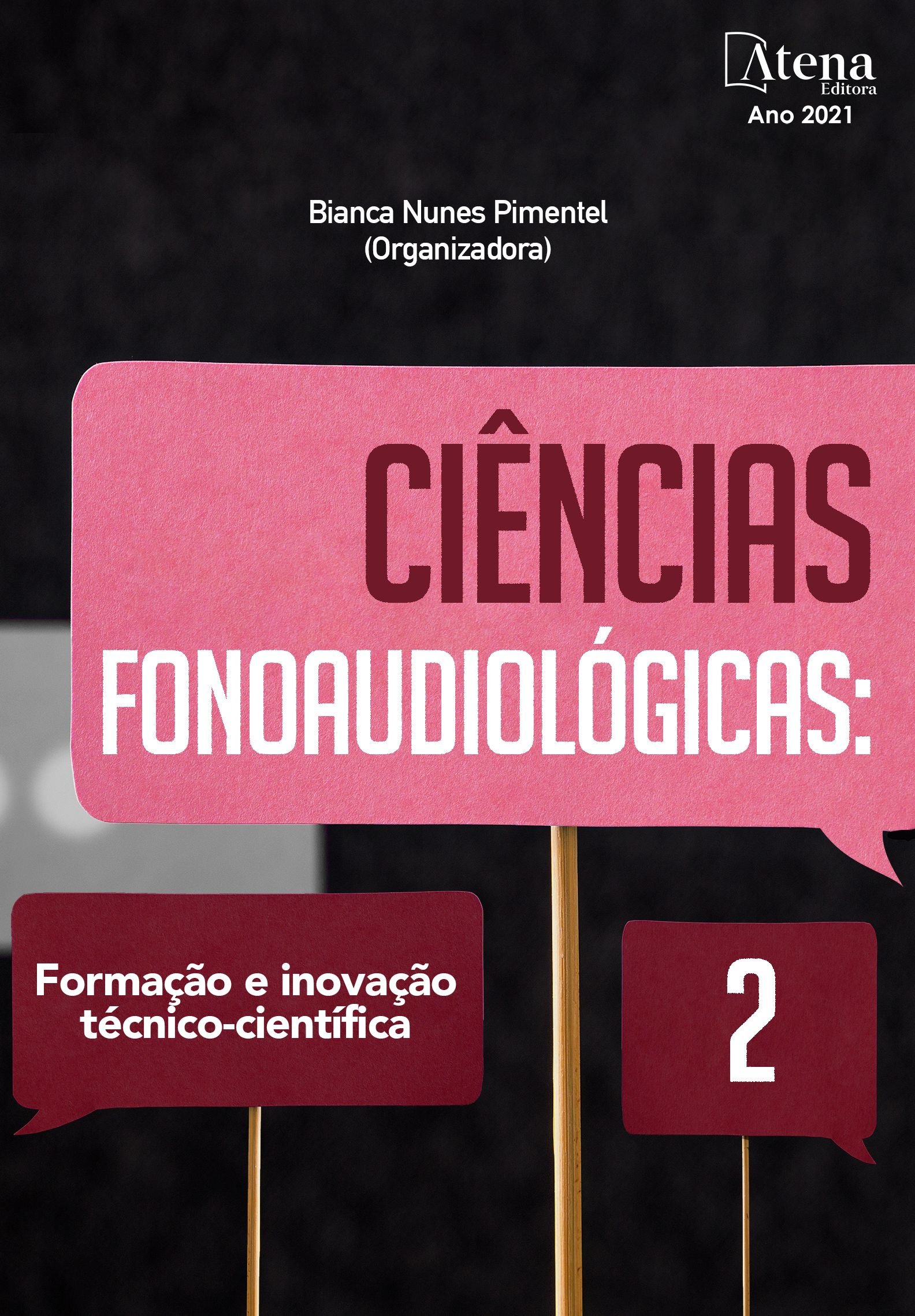
CARACTERIZAÇÃO DA MASTIGAÇÃO DO IDOSO: UMA REVISÃO INTEGRATIVA
O processo de envelhecimento pode gerar alterações anatômicas no sistema estomatognático, e com isso alterar a dinâmica da função mastigatória. A partir disso, o presente estudo apresentou como objetivo verificar e descrever a mastigação dos idosos, por análise de estudos nacionais publicados nos últimos 10 anos. Refere-se a um estudo de revisão integrativa, realizado no período de maio a junho de 2020, nas bases de dados: MEDLINE, LILACS e SCIELO. Utilizou-se o cruzamento dos descritores “mastigação AND idoso OR envelhecimento” e os critérios de inclusão foram: estudos publicados de 2010 a 2020, nacionais, com público de idosos, que caracterizassem a mastigação do idoso. Foram excluídos estudos que abordassem idosos com alguma comorbidade, secundários e teses. Dessa forma, foram selecionados quatro artigos, abordando o tipo mastigatório, tempo, ritmo e formação do bolo alimentar. Em 75% prevaleceu o tipo mastigatório bilateral alternado ou simultâneo e 25% o tipo unilateral. Obteve-se tempo de 32s, 45s e 34,29s em estudos com idosos de diferentes tipos de reabilitação oral protética, e em outro estudo verificou-se tempo médio de 23,2s no grupo controle, 26,3s no grupo prótese total e 23,7s no grupo prótese parcial removível. O ritmo foi classificado como lentificado e a formação do bolo alimentar adequado. Diante disso, conclui-se que a mastigação do idoso é caracterizada com predominância do tipo mastigatório bilateral alternado ou simultâneo, com ritmo lentificado, formação do bolo adequado e tempo médio mastigatório indefinido.
CARACTERIZAÇÃO DA MASTIGAÇÃO DO IDOSO: UMA REVISÃO INTEGRATIVA
-
DOI: 10.22533/at.ed.3212112115
-
Palavras-chave: Mastigação; Sistema Estomatognático; Idoso; Envelhecimento.
-
Keywords: Mastication; Stomatognathic System; Aged; Aging.
-
Abstract:
The aging process can generate anatomical changes in the stomatognathic system, therefore it changes the dynamics of the masticatory function. Thus, the present study aims to verify and describe the chewing of the elderly, by analyzing studies published in the last 10 years. It refers to an integrative review study, carried out from May to June 2020, in the following databases: MEDLINE, LILACS and SCIELO. We used the crossing of the descriptors "chewing AND elderly OR aging" and the inclusion criteria were: studies published from 2010 to 2020, national, with elderly people, which characterized the chewing of the elderly. Studies that addressed elderly people with some comorbidity, secondary issues and theses were excluded. Thus, four articles were selected, addressing the chewing type, time, rhythm and formation of the bolus. In 75%, the alternating or simultaneous bilateral chewing type prevailed and 25% the unilateral type. A time of 32s, 45s and 34.29s was obtained in studies with elderly people from different types of oral prosthetic rehabilitation, and in another study there was a mean time of 23.2s without a control group, 26.3s without a complete denture group and 23,7s in the removable partial denture group. The rhythm was classified as slowed and the formation of the bolus adequate. Therefore, it is concluded that chewing in the elderly is characterized by a predominance of the alternate or simultaneous bilateral chewing type, with a slow pace, formation of an adequate bolus and indefinite average chewing time.
-
Número de páginas: 17
- Alba Maria Melo de Medeiros
- Allya Francisca Marques Borges
- Hipólito Virgilio Magalhães Junior
- Renata Veiga Andersen Cavalcanti


